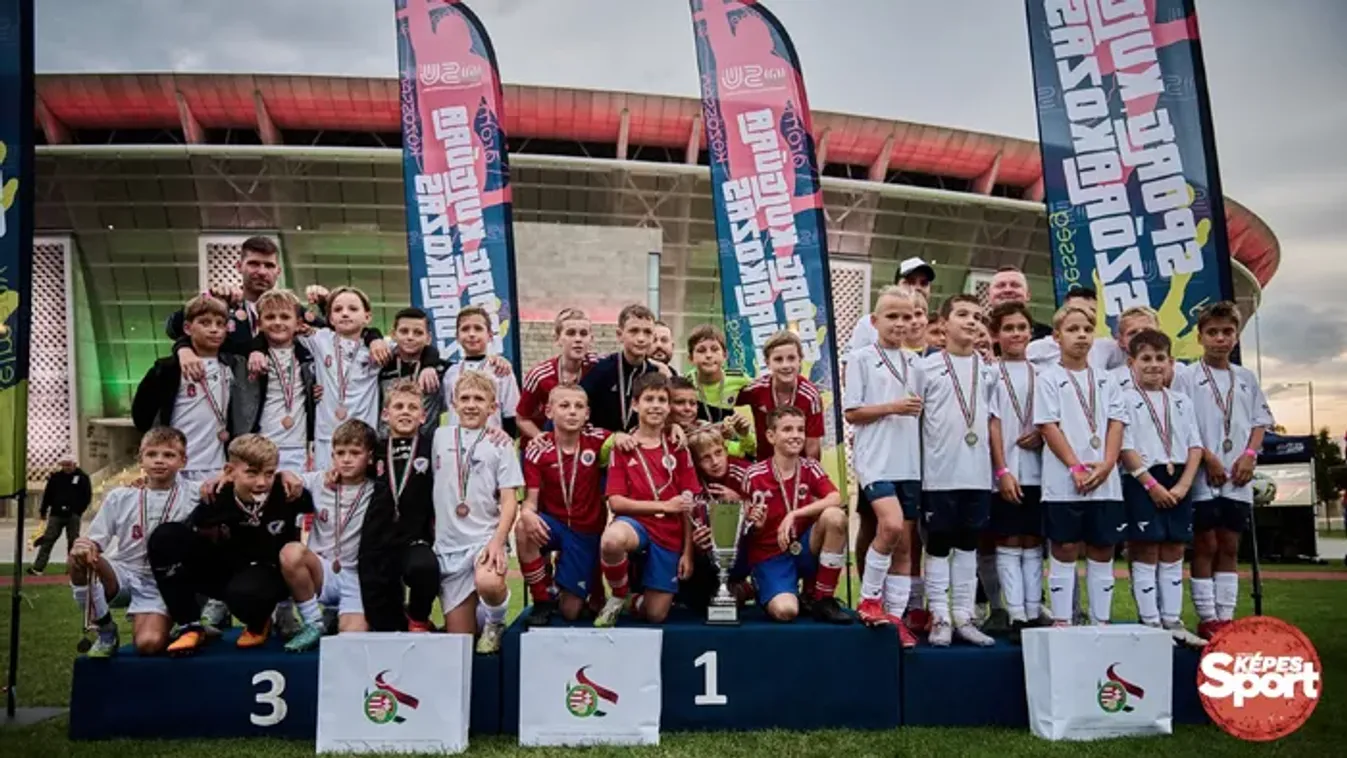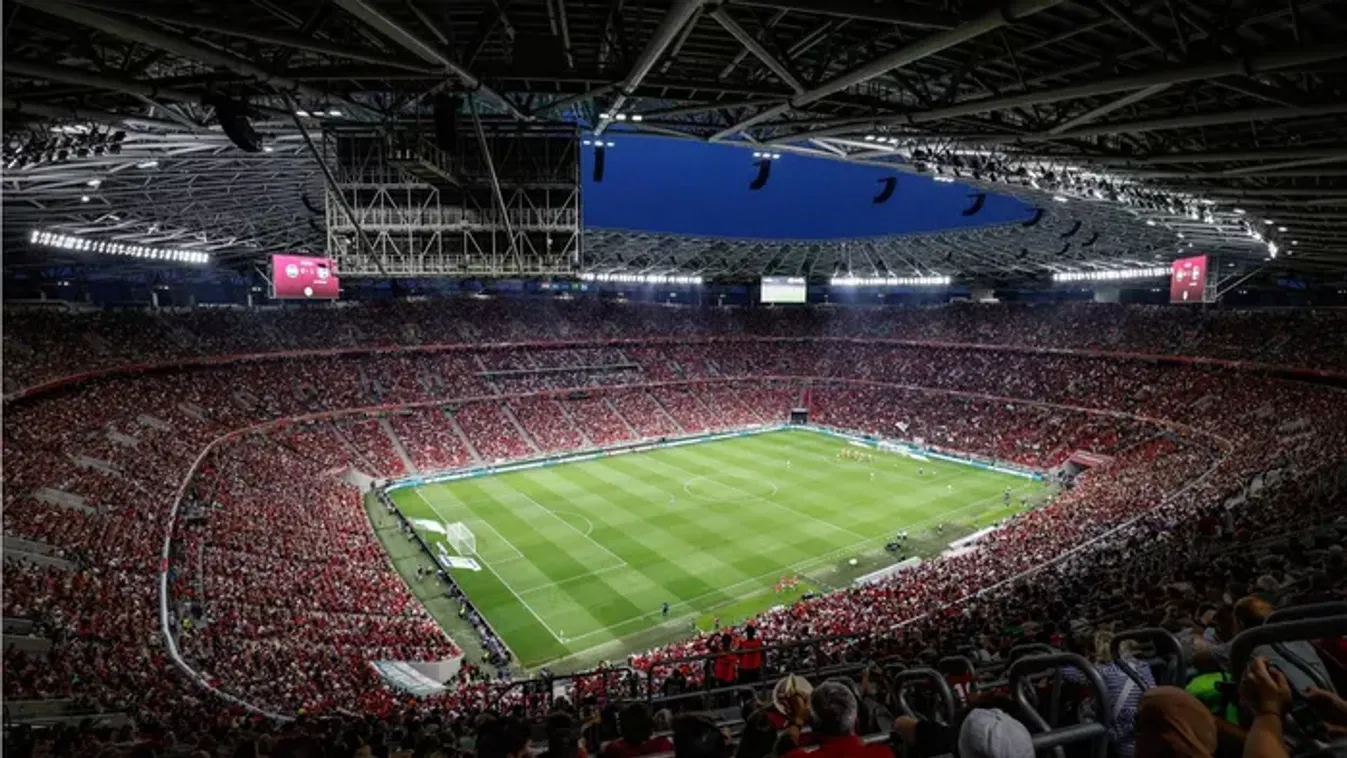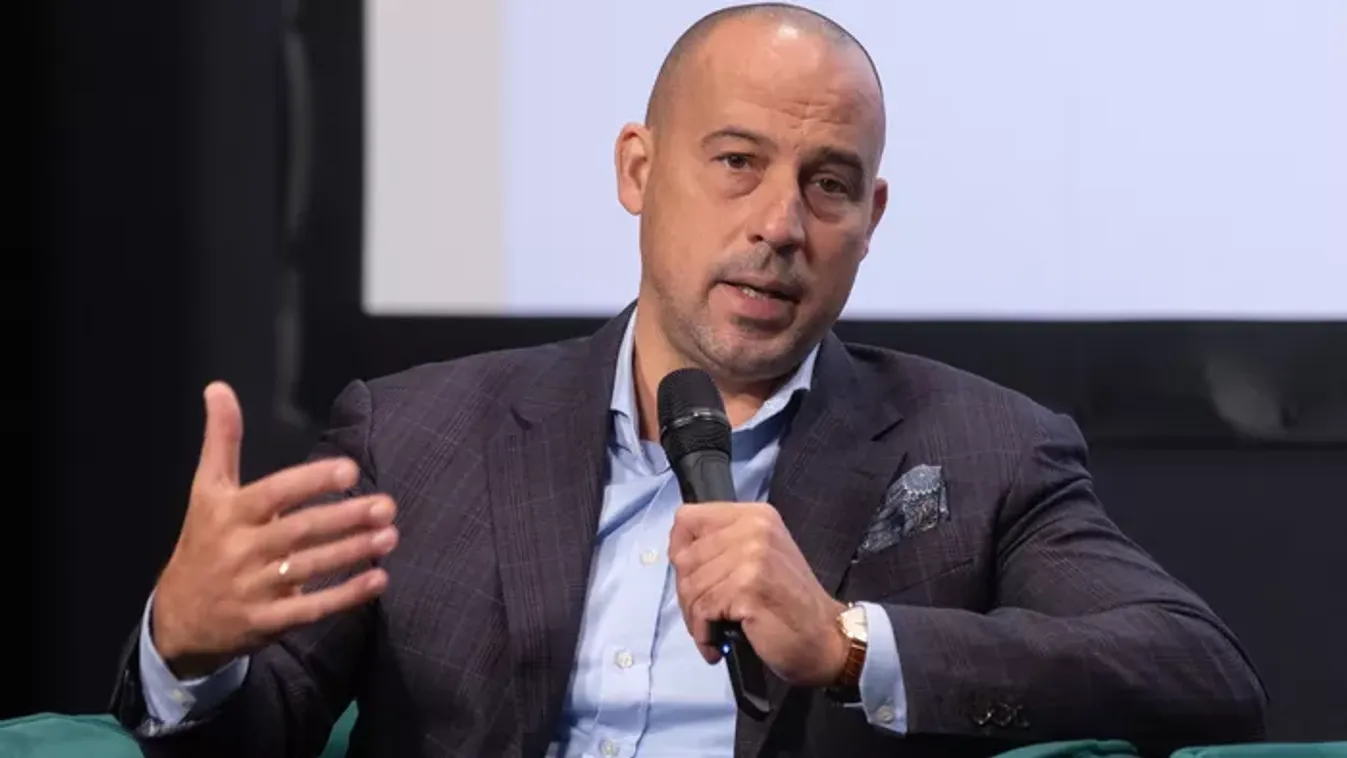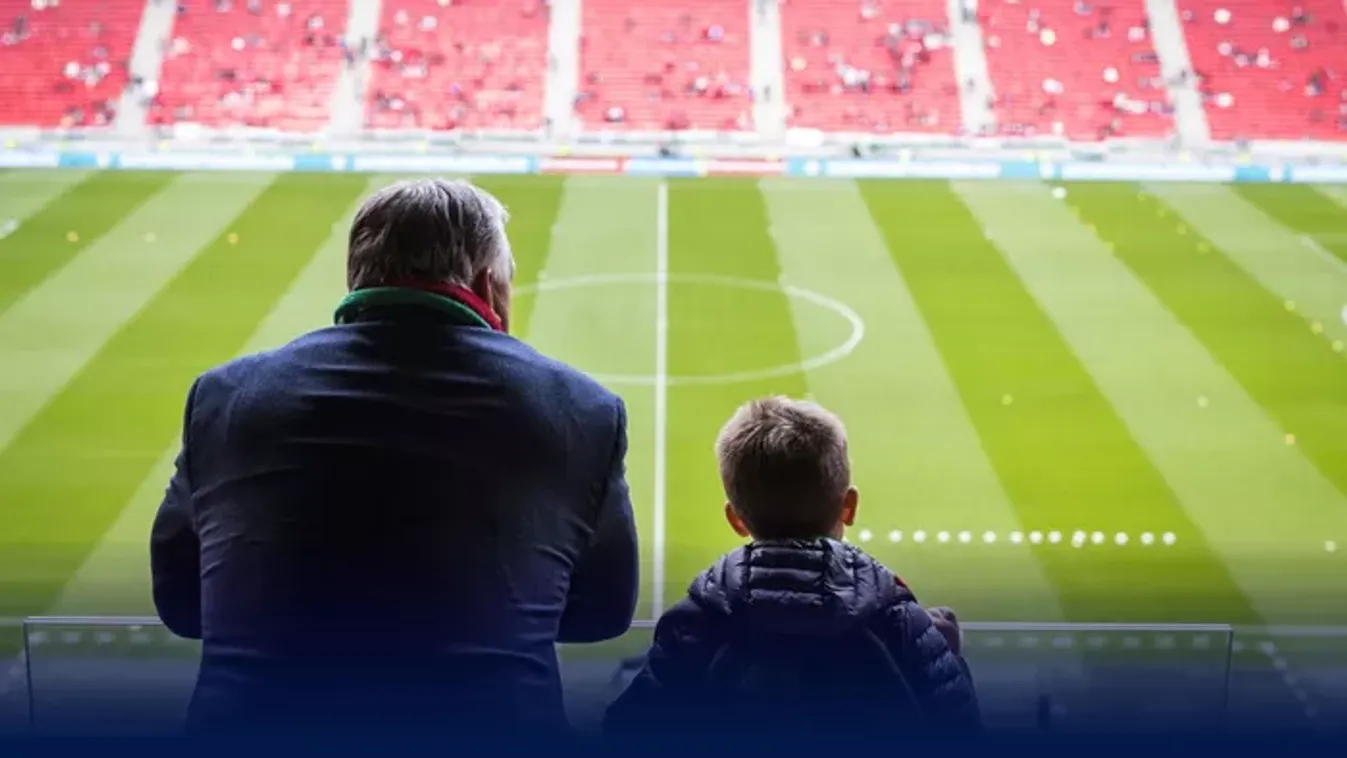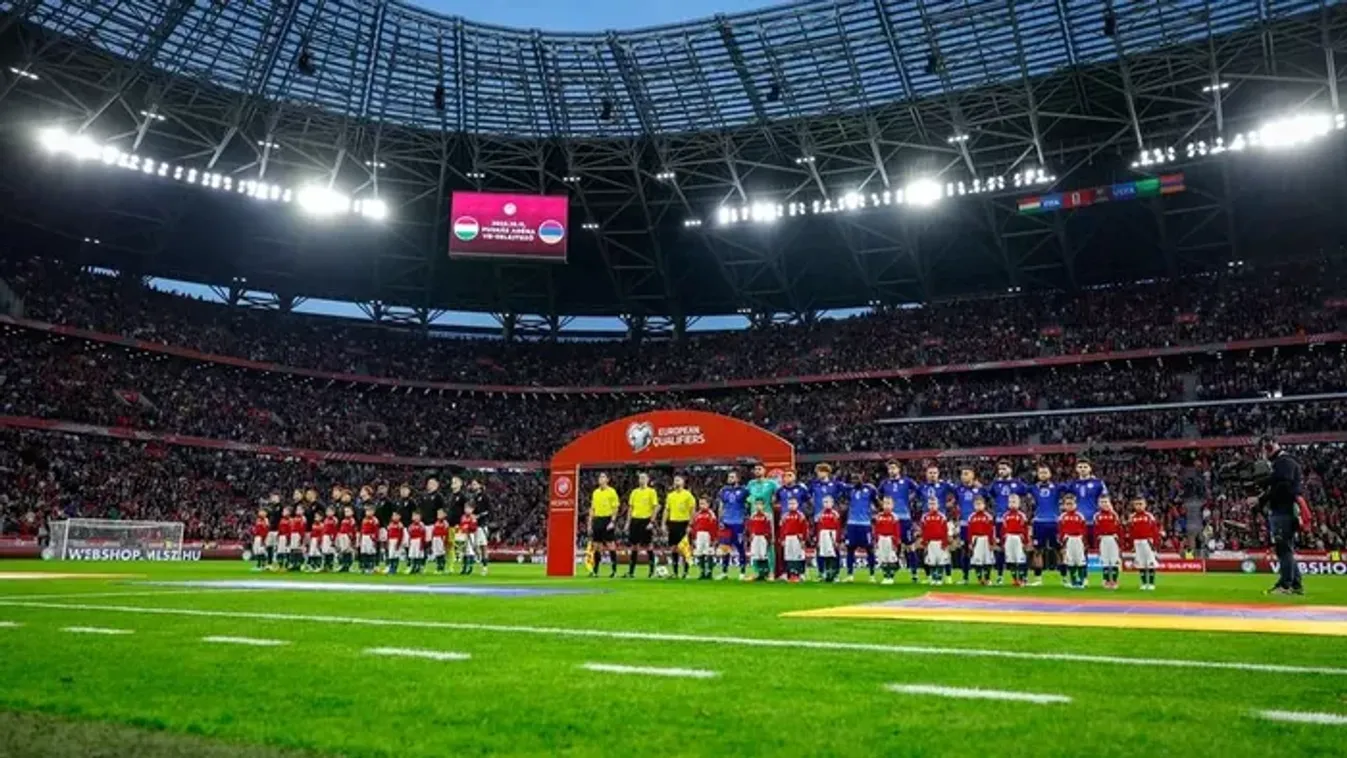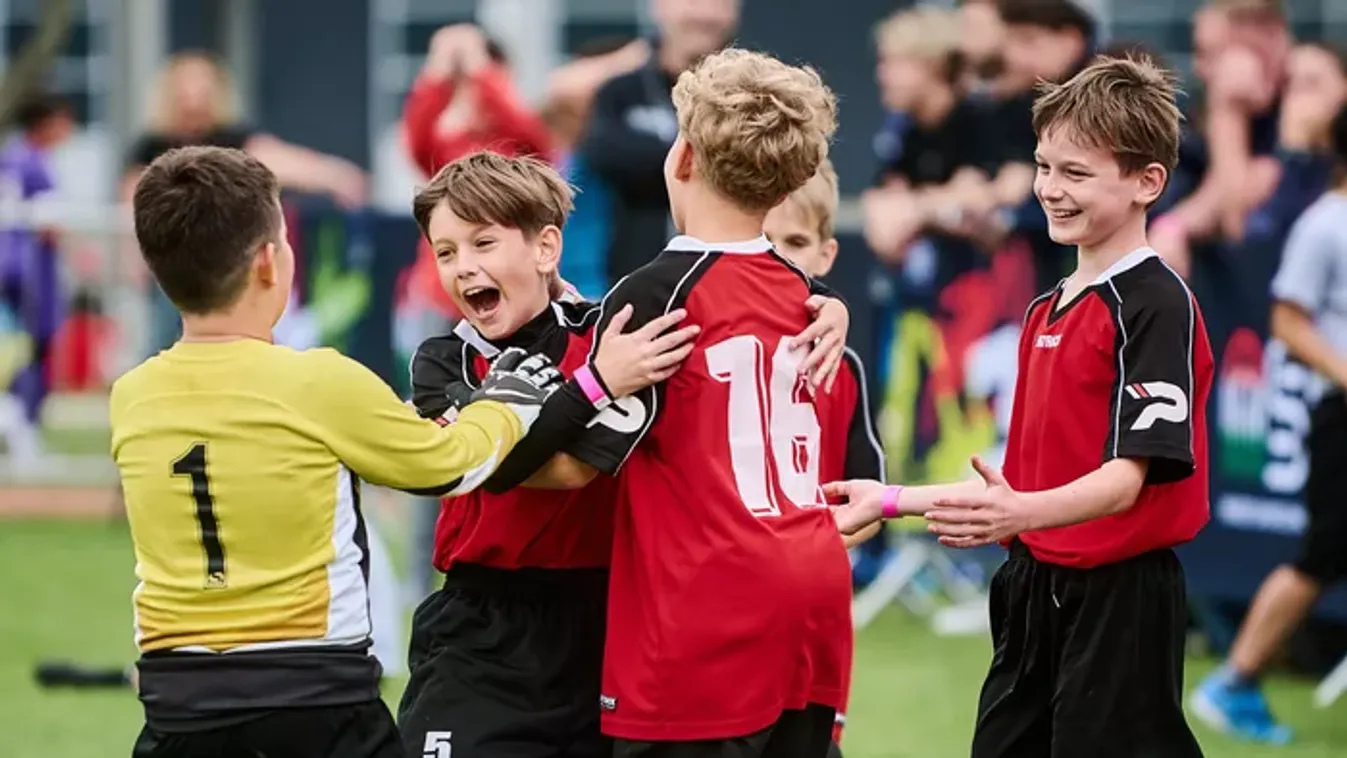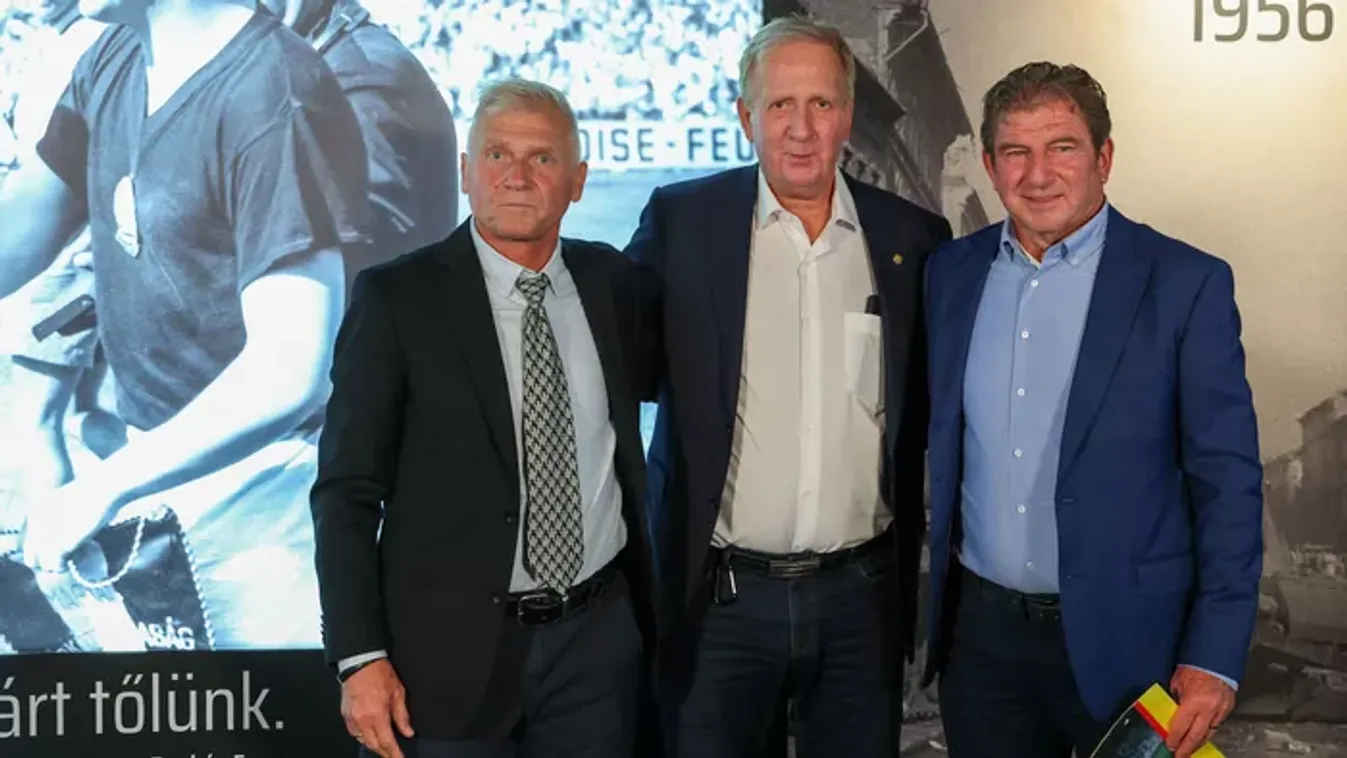The entire continent paid attention to Budapest – György Skardelli

– What did you expect from the Hungarian national team before the European Championship?
– Fall has shown that the Hungarian national team is in fact a team. There were injuries, and the Bundesliga players were called back to their teams, yet those who replaced them didn't get scared. I didn't think about what our team would achieve, but I evaluated the recent events positively – said György Skardelli, architect and designer of the Puskás Aréna.
– We didn't advance from the group...
– I'm desperate. I tend to say that we were five minutes away from advancing to the knockout phase, but I'm old enough to know that sentences that start with the word ‘if' mean nothing. But the desperation that followed the meet against the Germans was replaced by optimism. We have a great national team. In Munich, as we progressed through time, the Champions League-winning footballers seemed puzzled. The opponent didn't show its face of being able to beat us by three or four goals. I'm convinced that our national team is better than the one five years ago! Marco Rossi put it together perfectly. Only people close to football knew who András Schäfer was, and now an entire country is talking about him.
– Were you satisfied with the atmosphere?
– I already said before the opening game with Uruguay in 2019 that stake matches will have a different atmosphere. I was almost certain that it would conjure up our youth, bring back the good old days because even the furthest seats from the pitch in the P
The 65-year-old architect graduated from the Budapest University of Technology and Economics in 1980. Since then, he's been working at Középülettervező Vállalat (Zrt)., and has been its studio manager since 1990. |
His best-known works: Knorr-Bremse Research Center (1999); Gandhi High School in Pécs (2002); László Papp Budapest Sports Arena (2003); Pannonhalma Archabbey's Reception building (2004); Puskás Aréna concept, construction drawings and building permit (2013-2015). He is currently working on the multifunctional sports hall's construction in Budapest for the 2022 European Handball Championship that's co-hosted with Slovakia. |
Awards: Kossuth Prize (2020), Prima Primissima Award (2009), Ybl Award (1997) |
GYÖRGY SKARDELLI |
uskás Aréna are 80 meters closer than it was in the old Népstadion. There's no athletic field, so the audience fully fills the space with its voice. At the arena inauguration, being a social event, there was no need for overwhelming encouragement, but I knew what heartfelt cheering could do to the game. And look at that! In Europe, we were the only country that could have had full-house matches, and the whole continent was paying attention to Budapest regarding the game and the circumstances. Everyone was happy to have been in an atmosphere like that. In our second group meet, four French fans were sitting near us, and I could hardly believe it at first, but they were happy when the Hungarians scored as well. Obviously, their happiness didn't come from the heart, but they were captivated by the aura of the Puskás Aréna. Shared joy was the most important thing.
– Obviously, it may have been a part of that we're in the middle of a pandemic.
– Yes, but it wasn't just that.
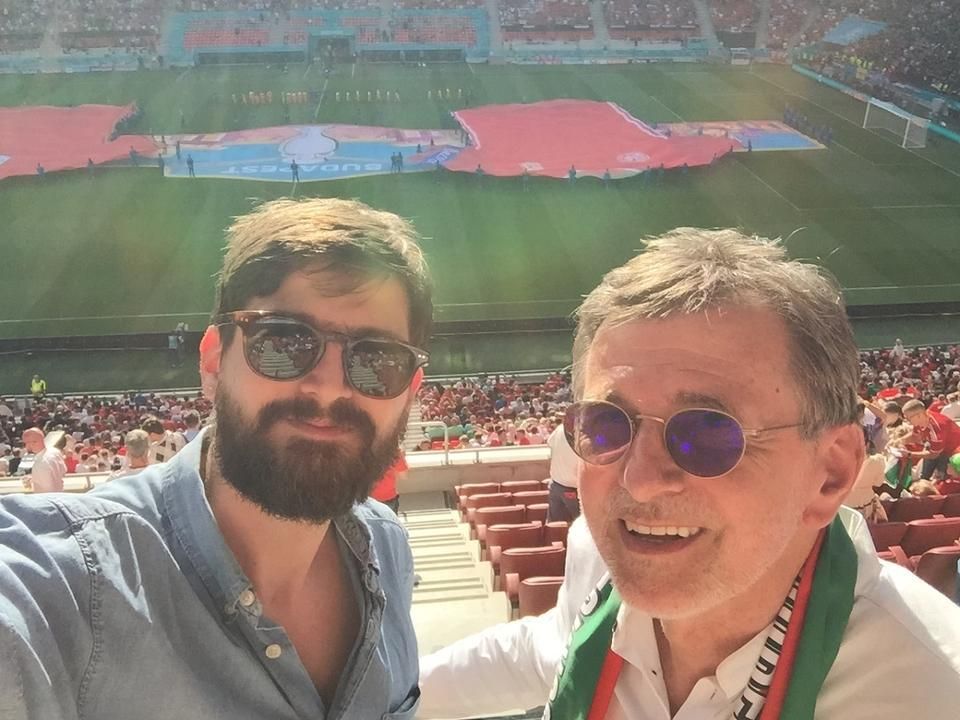
– Did you feel we were celebrating the Hungarian national team and football in the “house” you had designed while watching the matches?
– It didn't even think about it – not even for a second! But what I felt was that when I went to Népstadion with my classmates when I was young, only the hard-core fans cheered intensively, although it also meant thousands of fans in sector P or above. I remember when the stands went quiet, we started yelling, "Retirees, cheer!" Now, the whole stadium of 60,000 fans was cheering, and no one had to be forced. Almost everyone wore a red shirt, and the Anthem was playing in the arena. I'm happy that I felt the same way I did when I was young. I've been looking forward to this moment: the team's fair play and the fans' support.
– I suppose, as the designer architect of the Puskás Aréna, you cheered with a VIP pass.
– You're wrong. Like the fans, I applied for two tickets with my sons for each game, but I didn't get any for the Portuguese or the French one. A lot of people told me, "Don't worry, you're going to get in anyway." But in the end, Balázs Fürjes, with whom I have a 20-year friendship, helped me get tickets.
– We'd think that the designer's name of the Puskás Aréna would be included in the arena operator's VIP list. It's another matter that the European Championship is a UEFA event, but still...
– It's not there, but I'm also not a fan of favoritism. However, let's not forget that I was invited to the European Super Cup match.
– With whom did you watch the Hungarian games in the Puskás Aréna?
– I watched the Hungary – Portugal with my son Mátyás, and the one against France with Marcell. I attended the arena's farewell game, the Netherlands-Czech Republic one, but it wasn't that good...
– When you were young, not only didn't cellphones exist, but fans didn't really sing the National Anthem either. Let's just say it wasn't customary, and it took courage to do so.
– And I'll tell you something else: sometimes I had to wait in line for tickets from dawn, like before the 1977 World Cup qualifiers against the USSR. We went to the ticket offices at 2am, where the remaining tickets could be accessed. The custom was that, first, members of the party, then the members of the military got the tickets, and then the fans could get the leftovers. But regarding singing the National Anthem: just before this game, it was extremely loud...
– ...also because the choir could be heard from the speakers.
– I don't remember that, but in any sport, a match against the Soviet Union was a national issue in the eyes of the fans. After Tibor Nyilasi's, then Zoltán Kereki's goal, we cheered so hard that the stadium almost collapsed. But not only is this 2–1 win was a great experience, but the 3-0 against the Greeks is also unforgettable, or I might as well mention the 6-0 qualifiers against Bolivia, but I don't want to bore you.
– You don't bore me; I like to listen to it, all the more so because it's close to my heart also.
– In 1969, after getting defeated 5-2 in the EVK on Megyeri út, Újpest won against Bruges of Belgium 3–0, and advanced. That was Titi Göröcs' Újpest, and the opponent couldn't pass the halfway line. Then, in '78, Lajos Kű played the European Cup final with Bruges. I would also like to recall another great experience. In 1974, I went to the European U23 Championship final against the GDR in the summer after finishing my joint matriculation examination and college entrance exam. The 4–0 result and the European Championship victory made my day.
– Have you received feedback on how people like the national stadium?
– Certainly! First of all, they're happy about the Puskás Aréna, and it's unimportant that I designed it. Although there are some good moments: I was on my way from the handball hall to take the wristband for Hungary-Portugal match when someone from the bike lane said, "Thank you, it looks amazing!"
– You've mentioned that at the European Championship matches you felt the same way when you were young. Will you be at the World Cup qualifier against England in September at the Puskás Aréna?
– I cannot wait! This English national team is very strong. The youngsters are catching up. Right now, Marcus Rashford of United seems like a senior next to Phil Foden from Manchester City, although he isn't old either. I have confidence in Hungary based on their performance at the Europeans. I just regret that we didn't defeat Poland. It's such a pity when we were in the lead!
– How are you getting into the match?
– I'll go to the ticket office!
Translated by Vanda Orosz
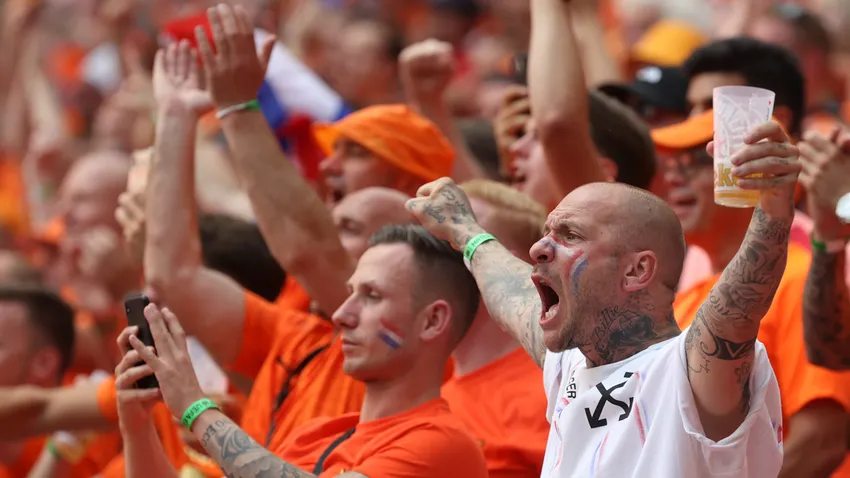
Csehország–Hollandia 2–0 (Fotók: Török Attila)
